Our country's sea area is recognized as rich in natural resources, with important economic, geopolitical , defense and security positions in the region and the world.
However, besides the great values, Vietnam's seas and islands are facing a series of problems such as degradation of landscapes, marine and coastal ecosystems; pollution of coastal marine environment; increasing negative impacts due to natural disasters, climate change and rising sea levels...
Therefore, it is necessary to have a Marine Spatial Planning to orient the exploitation and use of marine and island resources in a sustainable direction, harmonizing socio-economic development with national defense and security.
According to the program of the 7th Session, on June 8, the National Assembly will discuss in the hall the National Marine Spatial Planning for the 2021-2030 period, with a vision to 2050.
Managing, exploiting and effectively using marine space
Vietnam has a coastline of more than 3,260km. The population of 28 coastal provinces and cities accounts for more than 50% of the country's population, most of whom work in marine-related industries.
Vietnam has great potential to develop the marine economy such as: maritime transport; mineral exploitation and processing; seafood exploitation, aquaculture and processing, marine tourism development...
Recognizing the role and importance of the sea and islands for the country's development, the 8th Conference of the 12th Party Central Committee issued Resolution No. 36-NQ/TW dated October 22, 2018 on the Strategy for sustainable development of Vietnam's marine economy to 2030, with a vision to 2045, with the goal of making Vietnam a strong maritime nation by 2030, basically meeting the criteria for sustainable development of the marine economy...
To specify the viewpoints, goals and policies stated in the Resolution, the Government assigned the Ministry of Natural Resources and Environment to preside over the development of the "National Marine Spatial Planning for the 2021-2030 period, with a vision to 2050".
Associate Professor, Dr. Nguyen Chu Hoi, member of the 15th National Assembly, former Deputy Director General of the Vietnam Administration of Seas and Islands, said that in order to exploit and maximize the potential and advantages of Vietnam's seas, effectively respond to immediate and long-term challenges, and serve the cause of national construction and defense, the establishment of a national marine spatial planning for the 2021-2030 period, with a vision to 2050, is urgent.
The Ministry of Natural Resources and Environment has presided over and coordinated with ministries, branches, central agencies and coastal provinces and cities to investigate and survey the current status and demand for marine space use, and supplement information and data for planning.
The national marine spatial planning for the period 2021-2030, with a vision to 2050, was developed with the support of leading experts and scientists from universities and research institutes, and the coordination and sharing of information and data from ministries, central agencies and 28 coastal provinces and centrally run cities.
According to Minister of Natural Resources and Environment Dang Quoc Khanh, this is a difficult and complicated task, being carried out for the first time in our country.
Marine spatial planning is multi-sectoral, comprehensive, “dynamic and open,” “guiding” and “integrated” planning, orienting activities for exploiting and using marine and island resources in a sustainable direction.
The planning is based on the consistent viewpoint of zoning marine space based on ecosystems, creating a basis for connecting land with sea, associated with ensuring security, national defense, foreign affairs and international cooperation.
The national marine spatial planning is established for the period 2021-2030, with a vision to 2050, in line with the vision of the National Master Plan and the National Land Use Plan.
The goal of the planning until 2030 is to ensure the effective management and use of marine space; create a foundation for promoting the development of marine and marine-related economic sectors towards green growth, environmental friendliness, and conservation of marine ecosystems; develop culture, society, natural and historical values; ensure national defense, security, foreign affairs and international cooperation, protect national sovereignty, rights and interests at sea and islands; make Vietnam a strong maritime nation, rich from the sea, with sustainable development, prosperity, security and safety.
Vision to 2050, complete the allocation of marine space for effective management and use, in accordance with the country's development requirements based on natural conditions, socio-economic conditions, environment, marine and island ecosystems, ensuring that marine and island resources are used effectively, ensuring balance in the requirements for sustainable development of the marine economy, the millennium goals on the sea, culture, national defense and security; ensuring the balance of the natural ecosystem; meeting the goal of comprehensively and synchronously promoting innovation, industrialization and modernization; completing the goal of Vietnam being a rich and powerful maritime nation.
Ensuring sustainable development
With the awareness that marine space is finite, a planned approach to the use of marine space is becoming necessary.
The goal and difference of marine spatial planning compared to planning of other sectors is to focus on the method of resolving conflicts in the use of space (three dimensions) of sectors, in a specific sea area; at the same time, increasing compatibility in activities using marine environmental resources.
Marine spatial planning is considered a tool to support integrated and unified state marine management based on a spatial approach, especially for large-scale exploited and used marine and coastal areas, islands, as well as for emerging marine economic sectors.
Planning provides the country with a means to maintain marine biodiversity values while still allowing for sustainable exploitation of marine economic potential, thereby balancing the need to develop and conserve marine ecosystems, contributing to sustainable marine economic development.
The national marine spatial planning for the 2021-2030 period, with a vision to 2050, orients the use of marine space according to regions including sea and coastal areas; islands and archipelagos; marine protected areas; airspace; and land reclamation and dumping activities.
For each of these spaces, the planning orients the exploitation and development of marine and island resources in a sustainable manner. In particular, for sea and coastal areas, the zoning of sea use for sustainable development of the marine economy is based on maximizing comparative advantages in natural conditions, geographical location, cultural identity, ecosystem diversity, environmental protection, response to climate change, ensuring national defense - security, regional connectivity, between coastal and non-coastal localities.
For islands and archipelagos, basically complete the construction of synchronous and modern infrastructure for some key economic islands (Van Don, Cat Hai, Phu Quoc), focusing on economic zones, high-tech zones, high-quality comprehensive services and high-class tourism to develop these islands into prosperous and bustling islands of regional and international stature, creating a strong breakthrough in the development of the marine and island economy of the whole country.
In addition, strengthen national defense and security potential to firmly protect the sea and island areas of the Fatherland, while combining the development of a number of advantageous economic sectors and nature conservation.
Upgrade 12 established and operational marine protected areas; establish and operationalize 4 marine protected areas before 2025 (including Hon Me, Hai Van - Son Tra, Nam Yet and Phu Quy).
Planning new marine protected areas, aiming to put 40 into operation.
Dr. Ta Dinh Thi, Vice Chairman of the National Assembly's Committee on Science, Technology and Environment, emphasized that the reasonable allocation of marine space will help achieve the goals of sustainable development of the marine economy.
Marine spatial planning is an important tool to concretize the “National Master Plan” and create a basis for managing activities of exploiting and using resources, protecting the environment, and conserving marine ecosystems effectively; contributing to the formation of strong marine economic sectors, creating more livelihoods for people; ensuring national defense and security, maintaining sovereignty, sovereign rights and national jurisdiction at sea.
The airspace in the planning is arranged for exploitation and use for national defense - security purposes, civil aviation development, search and rescue activities and scientific research on the basis of compliance with Vietnamese law, international law and international conventions and treaties to which Vietnam participates or is a member; implementing the management of airspace under Vietnam's sovereignty; managing flight information regions according to international agreements on civil aviation.
Sea reclamation activities must minimize impacts on the natural environment and coastal and island ecosystems; increase landscape value and promote geographical advantages close to the sea; expand development space for coastal localities and islands.
Dumping activities can take place if they meet the criteria on location of sea areas used for dumping; size of dumping areas; capacity of dumping areas; impact of dumping; time of dumping; and dumping materials in accordance with legal regulations.
According to VNA/Vietnam+
Source


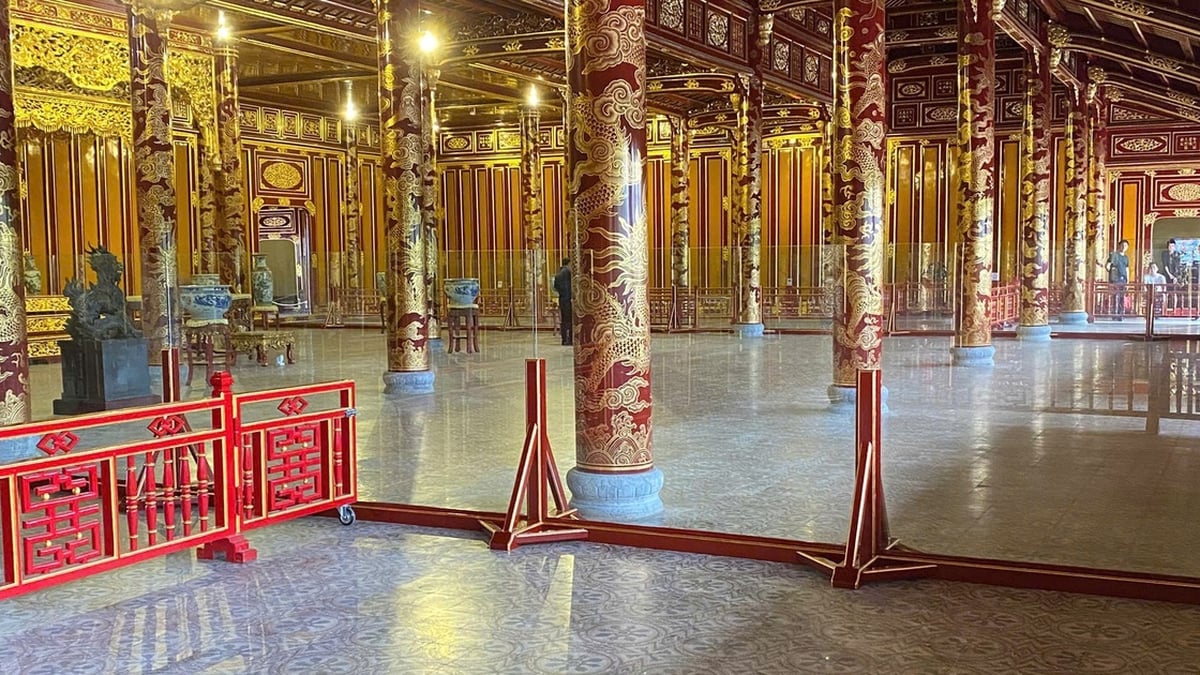


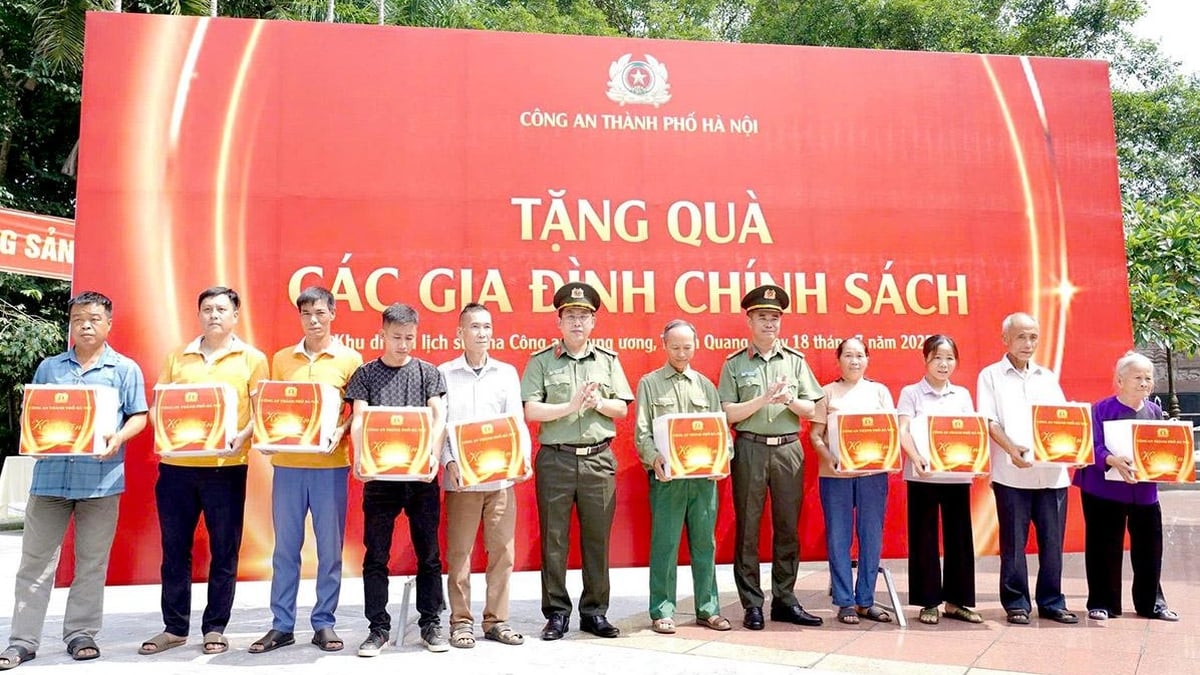
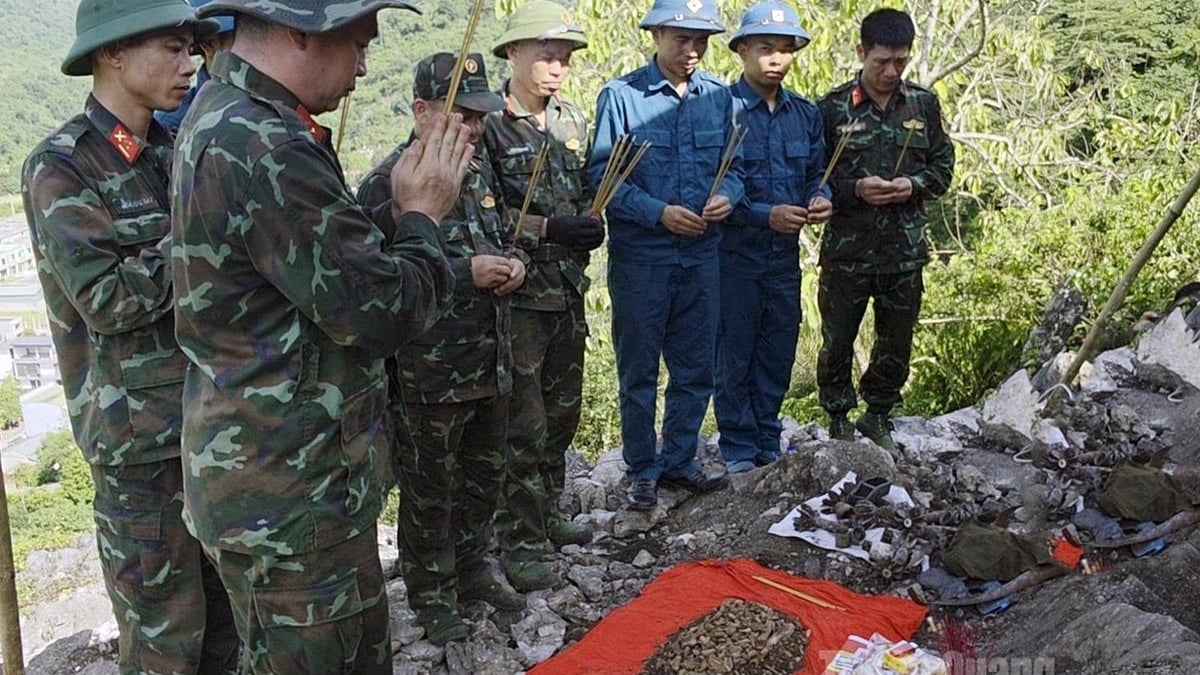
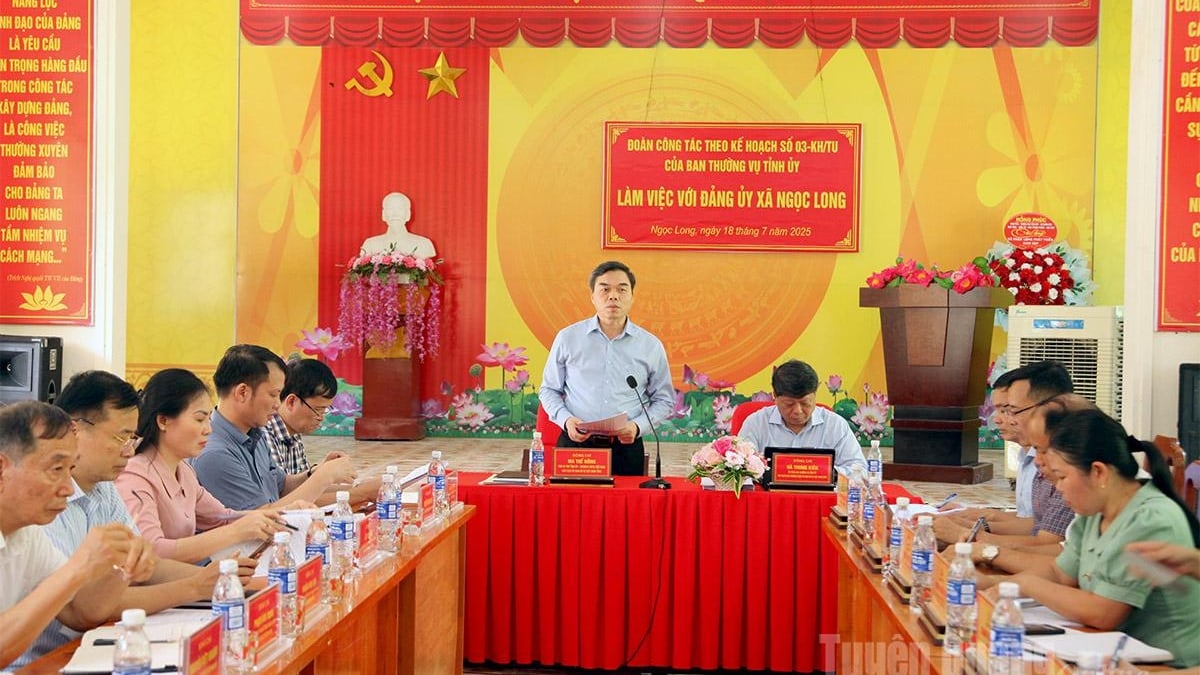



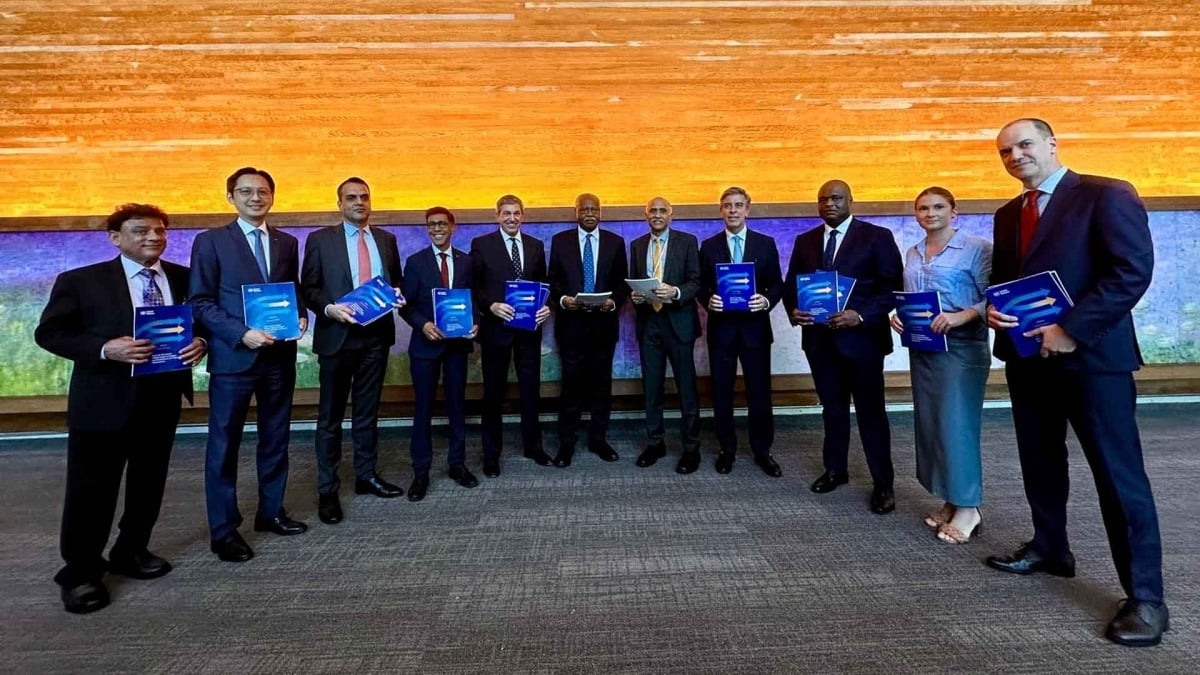

















































































![[Infographic] In 2025, 47 products will achieve national OCOP](https://vphoto.vietnam.vn/thumb/402x226/vietnam/resource/IMAGE/2025/7/16/5d672398b0744db3ab920e05db8e5b7d)





Comment (0)